










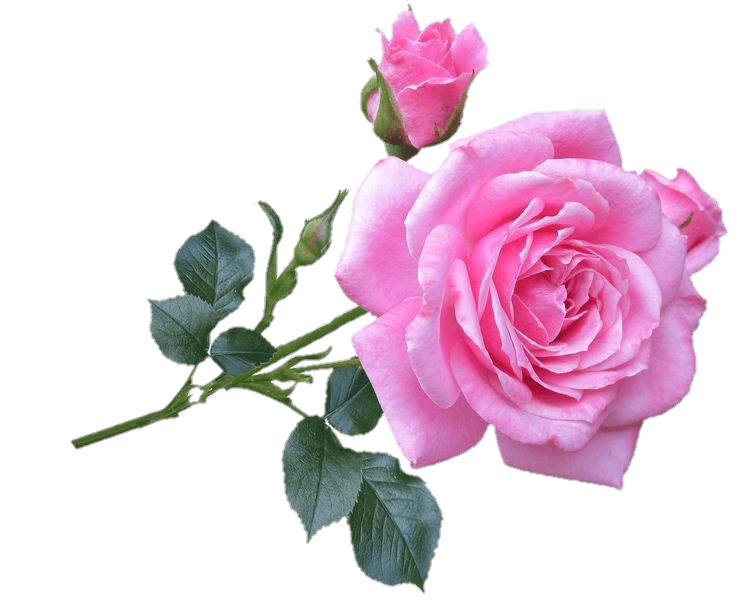



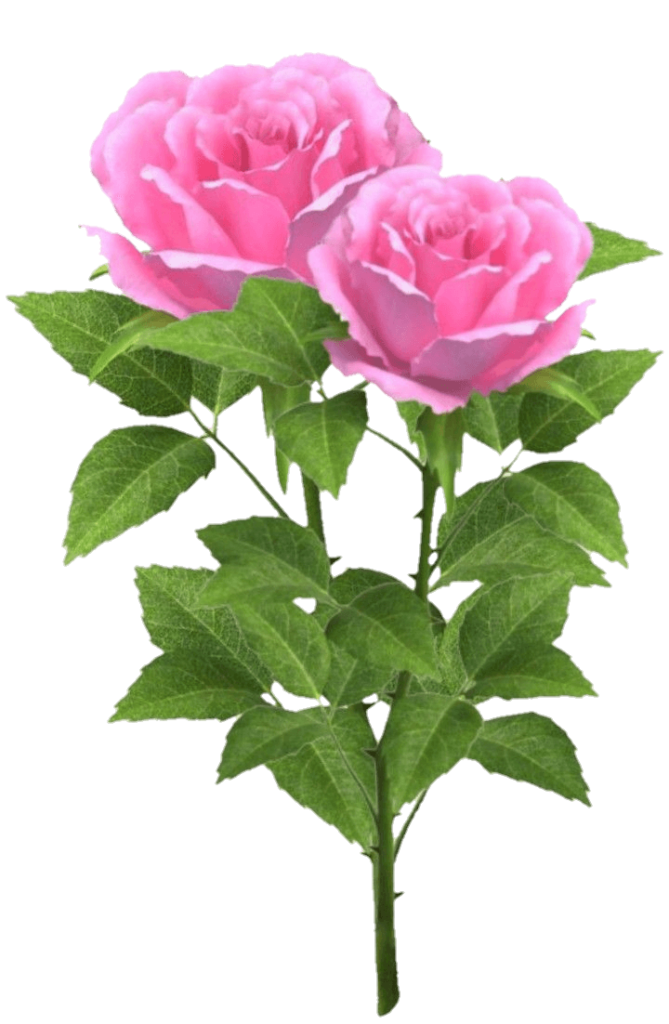
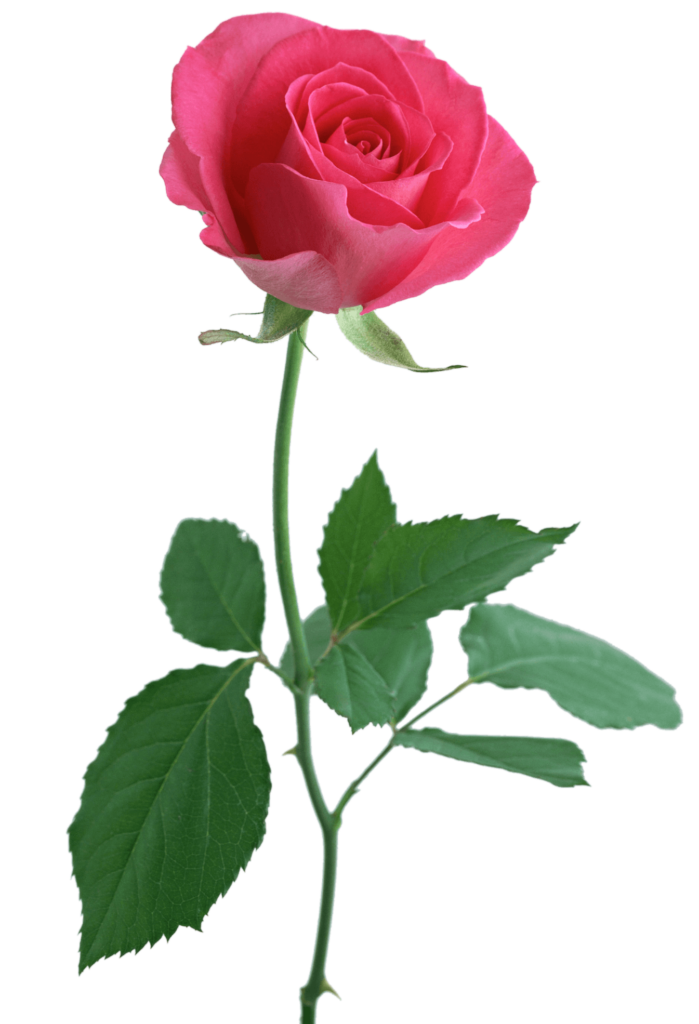
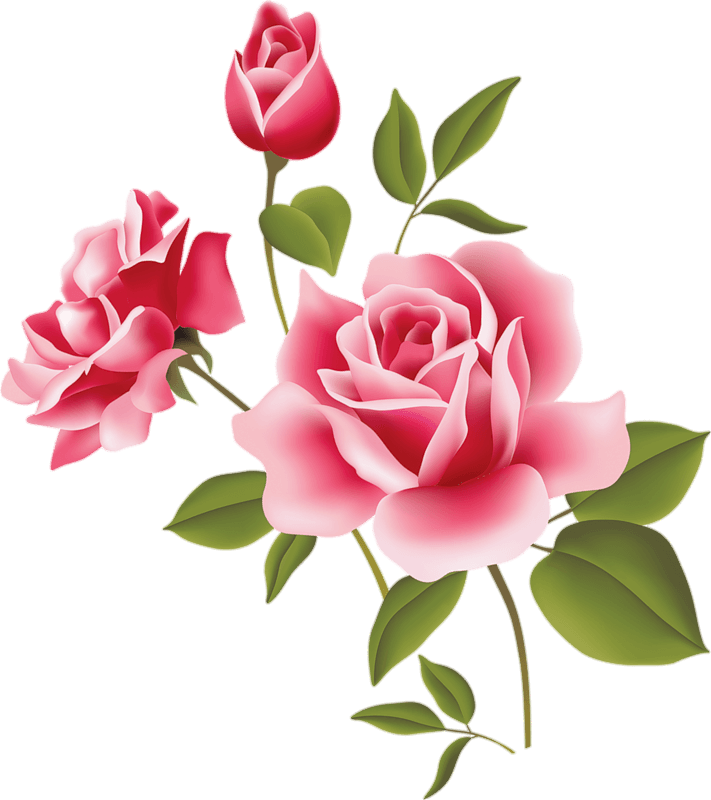
The rose has captivated humans for centuries with its enchanting fragrance and exquisite beauty. It is a symbol that transcends cultures, embodying emotions and meanings. Whether used to express love and passion, adorn celebrations, or serve as a muse for poets and artists, the rose is a timeless emblem of elegance, fragility, and natural wonder.
The significance of the rose dates back to ancient times. It has been cultivated for thousands of years, with evidence of its cultivation found in ancient civilizations such as China, Persia, and Rome. In Greek mythology, the rose was associated with Aphrodite, the goddess of love and beauty. The Romans also revered the rose, using it as a symbol of victory, luxury, and pleasure. Throughout history, roses have been used in various rituals, ceremonies, and traditions, emphasizing their cultural importance.
Roses are available in various colors and varieties, each carrying its symbolic meaning. Perhaps the most well-known red rose is a universal symbol of love and passion. It represents deep affection, desire, and romance. On the other hand, white roses embody purity, innocence, and new beginnings, making them popular choices for weddings and christenings. Yellow roses symbolize friendship and joy, while pink roses evoke grace, admiration, and gratitude. The rose’s symbolism extends even further with shades like orange, which represents enthusiasm, and lavender, which symbolizes enchantment and love at first sight.
The rose has permeated numerous cultures, leaving an indelible mark on art, literature, and music. Countless poems, songs, and paintings have been dedicated to the rose’s beauty and symbolism. In William Shakespeare’s famous play “Romeo and Juliet,” the rose is referenced as Juliet exclaims, “A rose by any other name would smell as sweet.” This line captures the essence of the rose’s beauty, emphasizing its inherent beauty, regardless of its name or label. Similarly, the rose has been a muse for painters, inspiring delicate and intricate floral still lifes that showcase the bloom’s vibrant colors and velvety petals.
Beyond its symbolic power, the rose holds immense botanical significance. It belongs to the genus Rosa and is a member of the Rosaceae family. There are thousands of cultivated varieties, each with its distinct characteristics. Roses are perennial flowering plants that require proper care and nurturing. They thrive in different climates and can be found in gardens, parks, and wild landscapes. The cultivation and appreciation of roses have led to the development of hybrid varieties, resulting in an extensive range of colors, sizes, and fragrances.
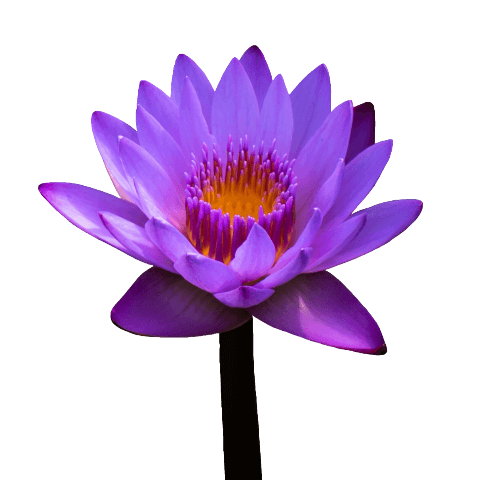

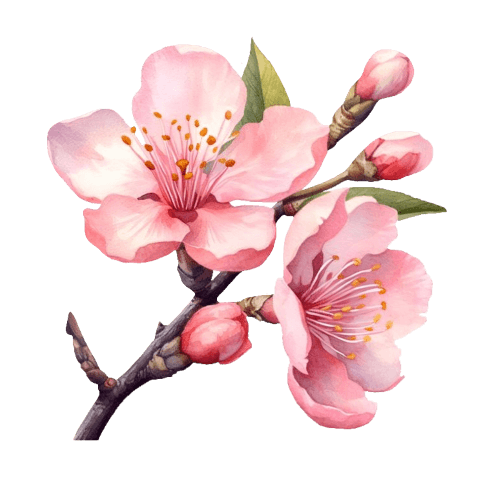
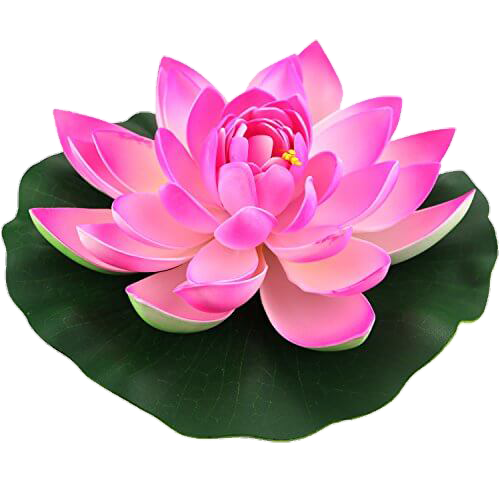


Leave a Comment